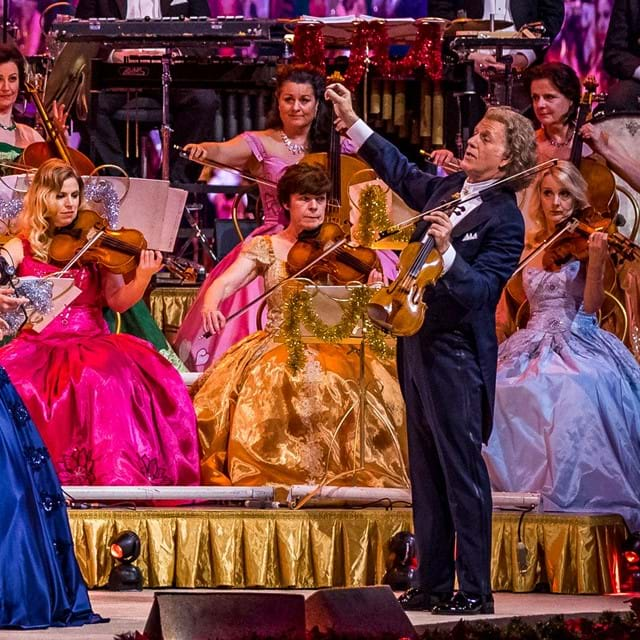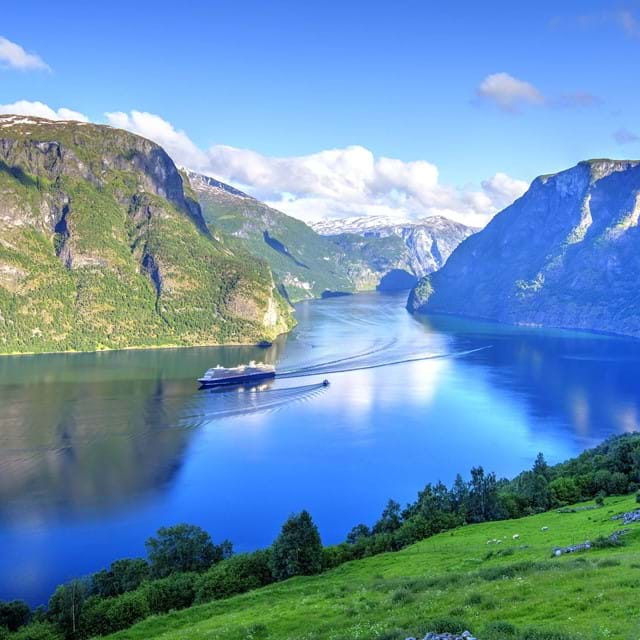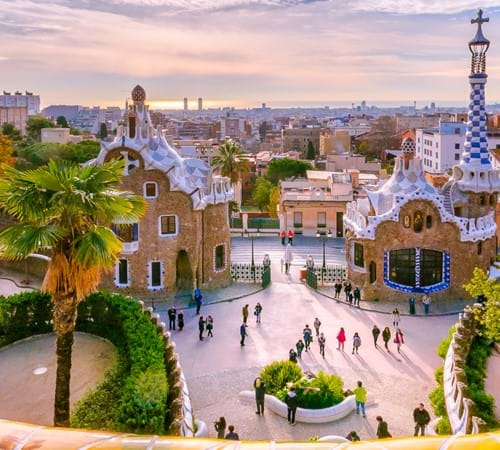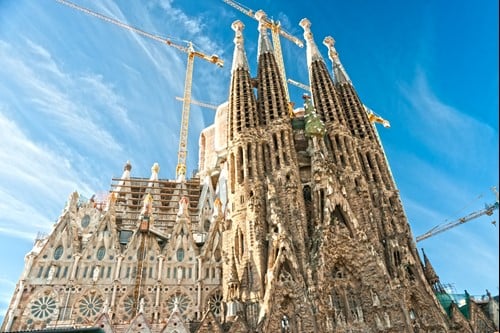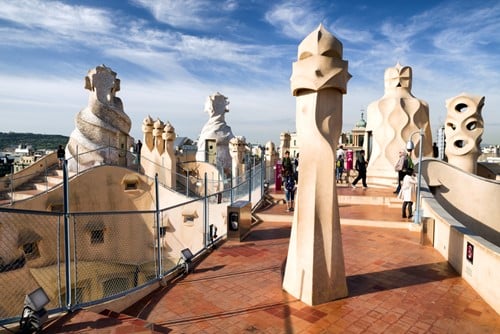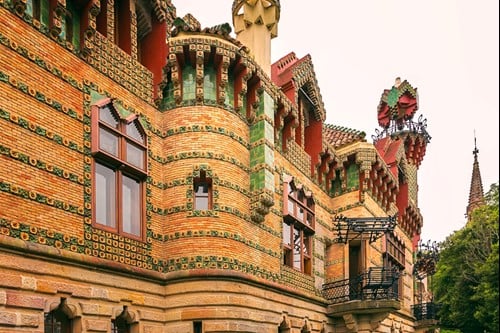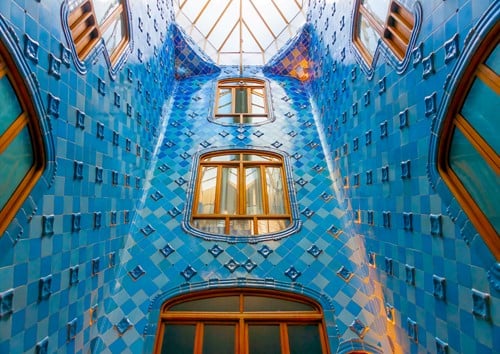
0330 341 1927
Booking Hotline
| Monday - Thursday | 9am - 6:30pm |
| Friday | 9am - 6pm |
| Saturday | 9am - 5pm |
| Sunday | 10am - 4pm |
Customer Services
| Monday - Friday | 9am - 6pm |
| Saturday | 9am - 5pm |
| Sunday | 10am - 4pm |
Offers
Destinations
Browse
- UK and Ireland
- Europe
- Africa
- Asia
- The Americas
UK and Ireland
Explore UK and Ireland
Europe
Explore Europe
Africa
Explore Africa
Asia
Explore Asia
The Americas
Holiday Types
Browse
- Solo Traveller collection
- Holiday Types
- Holiday Themes
- Concerts & Events
- Tours - European Favourites
- Tours - Faraway Favourites
- Departure Airports
Solo Traveller collection
View all
Holiday Types
View all
Holiday Themes
Concerts & Events
View all
Tours - European Favourites
View all European Tours
Tours - Faraway Favourites
Departure Airports
River Cruises
- River Cruise by Interest
- European River Cruises
- Worldwide River Cruises
- Christmas & New Year


